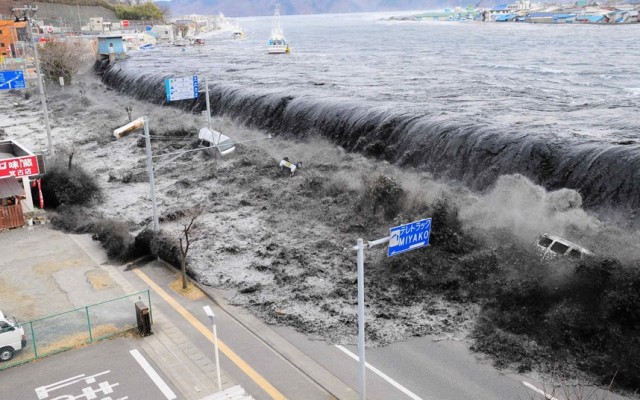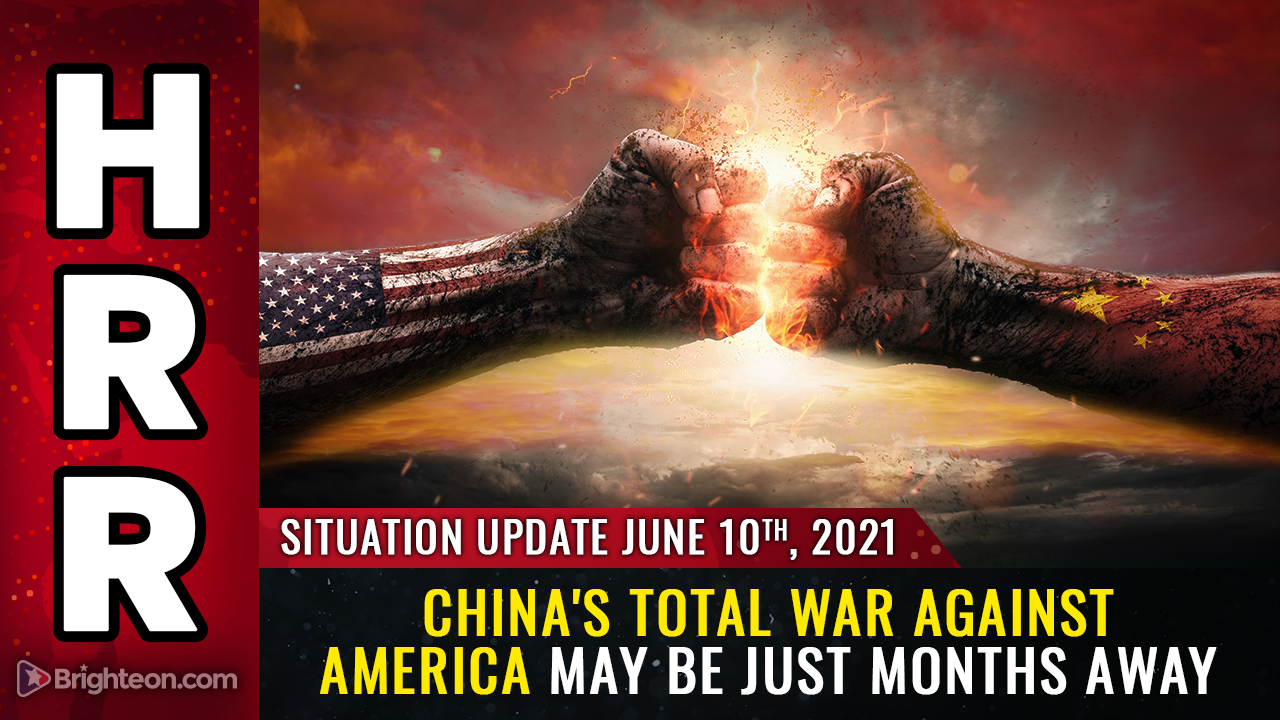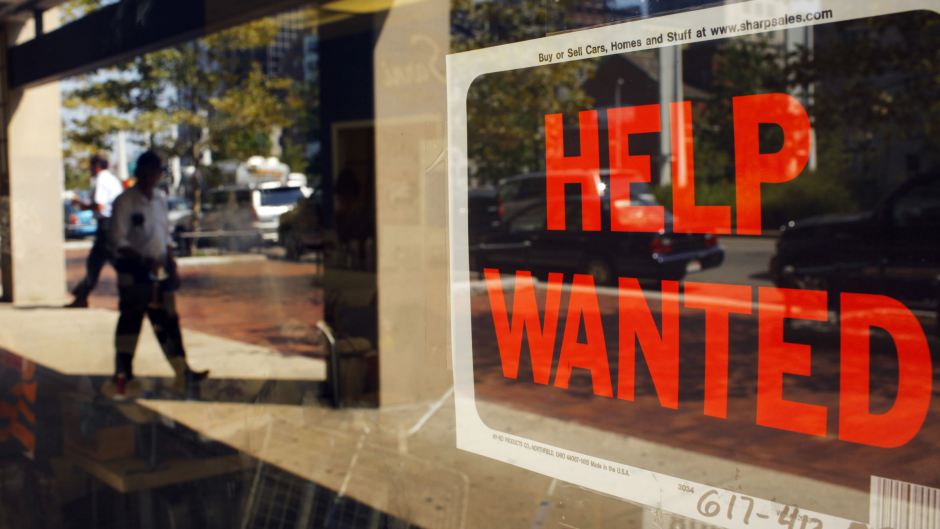Iron ore prices hit record high as demand surges
By divinaramirez // 2021-05-24
Tweet
Share
Copy

Iron ore prices surged roughly 10 percent to hit an all-time high of almost $230 per tonne on Monday, May 10, according to a recent report from the Financial Times.
Iron ore prices have risen 85 percent since last March, reaching highs not seen in almost a decade. Copper also hit a record high of $10,747 a tonne. Both industrial metals are important steelmaking ingredients.
Experts suggest that the soaring prices of commodities like iron and copper ores could usher in a supercycle or a prolonged period in which commodities sell above their long-term price trends. Miners would greatly benefit from such a trend.
Dave Whitcomb, head of research for Peak Trading Research in Geneva, said the ingredients are all there for a supercycle, from a macroeconomic environment to strong demand and supply concerns.
But although the market hasn't seen such prices of steelmaking ingredients in the last decade, analysts are not at all surprised, especially since steel mills in China have cranked up production recently. The price surge may also be attributed to large economies recovering from the coronavirus pandemic after more than a year.
"Commodity demand signals are firing on all cylinders amid a synchronized recovery across the world's economic powerhouses," said Bart Melek, head of commodity strategy at TD Securities, an investment bank in Toronto.
The growing interest in renewable energy is also contributing to the surge in the prices of commodities. Things like solar panels, wind turbines and batteries for electric vehicles use metals like iron, copper and lithium, another important commodity poised to climb high on the metal price chart over the next four years.
Commodity prices have also been significantly boosted by a weak U.S. dollar and investors stocking up on assets that they can use as a hedge against inflation.
Soaring metal prices could delay ongoing global transition to clean energy
High iron and copper ore prices are a big boon for miners. But these prices might not hold for long unless investors put money into new mines. In its recent report titled "The Role of Critical Minerals in Clean Energy Transitions," the International Energy Agency (IEA) stressed that investors are not investing enough into new mines. A new mine needs at least 16 years from its discovery to its first production. In order to meet the growing demand for industrial metals, investors need to start investing in new mines now. Otherwise, the prices of industrial metals would continue to rise, potentially delaying some countries' transition to clean energy. Many of the metals seeing price surges, including iron, copper and lithium, are commonly used to create clean energy technologies. If these price trends persist over the next few months or years, global efforts to transition to clean energy could slow down, according to Birol. For instance, if lithium and nickel prices double, the cost of producing batteries for electric vehicles might rise by up to six percent. More and more people are purchasing electric cars because they produce fewer emissions than gasoline-powered cars. But the raw materials needed to make them need to be affordable if manufacturers are to continue selling them at affordable prices.Prices of other commodities are also surging
Other important commodities are seeing record-high prices as well. For instance, the price of timber hit a new high as U.S. sawmills struggled to keep up with the massive demand in the run-up to peak homebuilding season in the summer. Many sawmills stopped production after laying off employees because of the pandemic. The surge in demand caught most sawmills off-guard with low inventories, causing suppliers to look to Europe for reprieve. Several European countries have been forced to harvest timber due to a widespread beetle infestation, resulting in a surplus. (Related: Millions of mountain pine beetles are killing forests.) Meanwhile, China has put out unusually large orders for corn, driving demand and causing a surge in price. It now trades at $7.60 a bushel, a price not seen since 2013. Concerns of a drought in Brazil, which supplies China with corn, are also driving up corn prices. All of these rising commodity prices are sparking serious concerns over possible inflation. In the U.S., grocery shoppers are getting sticker shock as almost everything costs more than it did a year ago, according to the latest inflation data in the Consumer Price Index (CPI) of the U.S. Bureau of Labor Statistics (BLS). Read more articles about the soaring prices of metals, foods and other commodities at MarketCrash.news. Sources include: FT.com 1 FT.com 2 TheGuardian.com Reuters.com Minnesota.CBSLocal.comTweet
Share
Copy
Tagged Under:
economy global economy commodities chaos Economic market inflation resources mining demand iron ore industrial metals steel collapse
You Might Also Like
By Virgilio Marin // Share
Outsourcing production of virtually everything has brought US to brink of nightmare economy scenario
By News Editors // Share
Chamber of Commerce: Labor shortage plaguing businesses nationwide is worsening
By Nolan Barton // Share
Recent News
Kentucky Sen. Paul: Trump's foreign policy could trigger SPLIT in MAGA movement
By ramontomeydw // Share
Zelensky and other Ukrainian officials REJECT key aspects of 28-point Trump peace plan
By ramontomeydw // Share
Study links heavy screen time to ADHD symptoms and brain changes in kids
By isabelle // Share
Hidden belly fat linked to older-looking brains while muscle mass keeps brains young
By isabelle // Share











